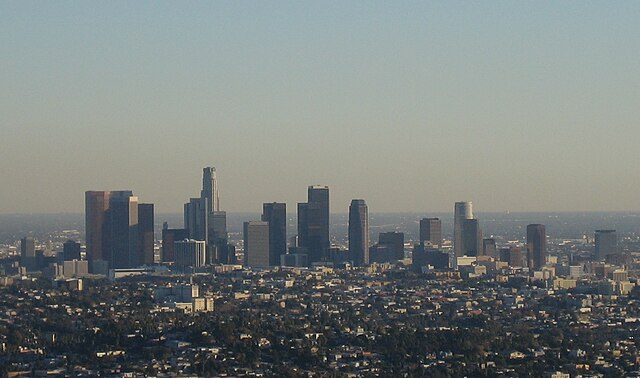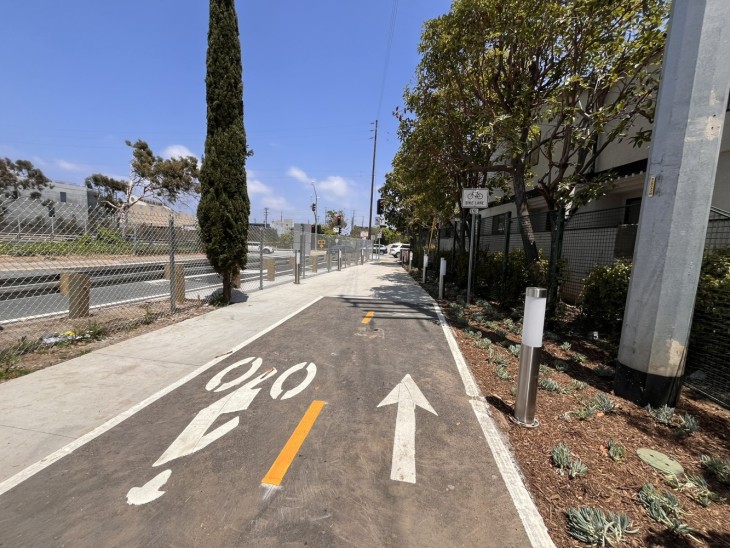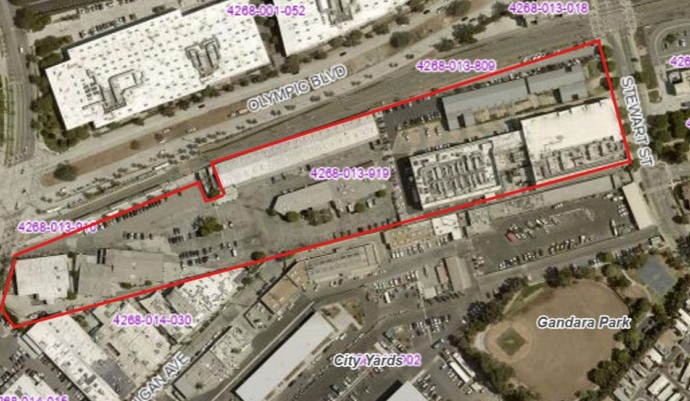For the first time, new USGS maps identify potential ground-shaking hazards from both human-induced and natural earthquakes. In the past, USGS maps only identified natural earthquake hazards.
This is also the first one-year outlook for the nation’s earthquake hazards, and is a supplement to existing USGS assessments that provide a 50-year forecast
The report shows that approximately 7 million people live and work in areas of the central and eastern U.S. (CEUS) with potential for damaging shaking from induced seismicity. Within a few portions of the CEUS, the chance of damage from all types of earthquakes is similar to that of natural earthquakes in high-hazard areas of California.
“By including human-induced events, our assessment of earthquake hazards has significantly increased in parts of the U.S.,” said Mark Petersen, Chief of the USGS National Seismic Hazard Mapping Project. “This research also shows that much more of the nation faces a significant chance of having damaging earthquakes over the next year, whether natural or human-induced.”
Induced earthquakes are triggered by human activities, with wastewater disposal being the primary cause for recent events in many areas of the CEUS. Wastewater from oil and gas production operations can be disposed of by injecting it into deep underground wells, below aquifers that provide drinking water.
Important Note: USGS scientists only distinguished between human-induced and natural seismicity in the CEUS. In the west, scientists categorized all earthquakes as natural. Scientists also used a different methodology in looking at the CEUS compared to the west.
Six States Face the Highest Hazards
The most significant hazards from induced seismicity are in six states, listed in order from highest to lowest potential hazard: Oklahoma, Kansas, Texas, Colorado, New Mexico and Arkansas. Oklahoma and Texas have the largest populations exposed to induced earthquakes.
“In the past five years, the USGS has documented high shaking and damage in areas of these six states, mostly from induced earthquakes,” said Petersen. “Furthermore, the USGS Did You Feel It? website has archived tens of thousands of reports from the public who experienced shaking in those states, including about 1,500 reports of strong shaking or damage.”
In developing this new product, USGS scientists identified 21 areas with increased rates of induced seismicity. Induced earthquakes have occurred within small areas of Alabama and Ohio but a recent decrease in induced earthquake activity has resulted in a lower hazard forecast in these states for the next year. In other areas of Alabama and small parts of Mississippi, there has been an increase in activity, and scientists are still investigating whether those events were induced or natural.
People living in areas of higher earthquake hazard should learn how to be prepared for earthquakes, and guidance can be found through FEMA’s Ready Campaign.
One-Year Outlook: The Nation’s Shortest Forecast Yet
The new hazard model estimates where, how often and how strongly earthquake ground shaking could occur in the United States during calendar year 2016. The USGS chose this short timeframe of one year because induced earthquake activity can increase or decrease with time and is subject to commercial and policy decisions that could change rapidly.
The USGS National Seismic Hazard Map uses a 50-year forecast because that is the average lifetime of a building, and such information is essential to engineering design and the development of building codes. Building code committees are still determining whether it is appropriate to treat induced earthquakes in building code revisions, in part because induced seismicity changes on short time scales compared to the years it takes for building codes to be updated, reviewed and adopted.
How Will This Help Protect Communities?
The new report can be used by both government officials to make more informed decisions and by emergency response personnel to assess vulnerability and provide safety information to those who are in potential danger. Engineers can use this product to evaluate earthquake safety of buildings, bridges, pipelines and other important structures.
Dramatic Change in the Central U.S.
The central U.S. has undergone the most dramatic increase in seismicity over the past six years. From 1973 to 2008, there was an average of 24 earthquakes of magnitude 3.0 and larger per year. From 2009 to 2015, the rate steadily increased, averaging 318 per year and peaking in 2015 with 1,010 earthquakes. Through mid-March in 2016, there have been 226 earthquakes of magnitude 3.0 and larger in the central U.S. region. To date, the largest earthquake located near several active injection wells was a magnitude 5.6 in 2011 near Prague, Oklahoma.
Research in the Western U.S.
The CEUS has experienced the most significant U.S. increase in seismic activity due to induced earthquakes in recent years. Therefore, in the 2016 forecast, scientists distinguish between human-induced and natural seismicity only for the CEUS. Scientists also used a historical catalog of seismic events leading back to the 1700s, putting a strong emphasis on earthquakes in 2015.
While there are some areas of induced earthquakes in the western U.S., they don’t significantly change the regional hazard level compared to the much more abundant natural earthquakes. Therefore scientists just considered the historical catalog in the western U.S. and did not separate natural from induced earthquakes. Future research could take a more detailed look at induced seismicity in the west, including in California at The Geysers, Brawley or the Los Angeles Basin.
Explanation of Updates — Mostly, But Not All, Are Induced
The USGS published a study in 2014 that only considered natural earthquakes. The largest changes in this new report are primarily due to hazards from induced earthquakes, but the calculations also consider updated forecasts for natural earthquakes since the previous hazard map was released. For example, the New Madrid Seismic Zone near Memphis has experienced a higher rate of natural earthquakes in the past two years, leading to a slightly higher hazard potential in small portions of Arkansas, Missouri, Illinois, Kentucky and Tennessee.
Wastewater disposal is thought to be the primary reason for the recent increase in earthquakes in the CEUS. While most injection wells are not associated with earthquakes, some other wells have been implicated in published scientific studies, and many states are now regulating wastewater injection in order to limit earthquake hazards.
Many questions have been raised about hydraulic fracturing—commonly referred to as “fracking”—and USGS studies suggest that this process is only rarely the cause of felt earthquakes.
Learn more by reading six facts and common questions about human-caused earthquakes.
Distinguishing Between Induced and Natural Earthquakes
To determine whether particular clusters of earthquakes were natural or induced, the USGS relied on published literature and discussions with state officials and the scientific and earthquake engineering community. Scientists looked at factors such as whether an earthquake occurred near a wastewater disposal well and whether the well was active at the time these earthquakes occurred. If so, it was classified as an induced event.
Current research indicates that the maximum magnitudes of induced earthquakes may be lower than for natural earthquakes, but many scientists suggest that induced earthquakes can trigger larger earthquakes on known or unknown faults. In the CEUS, there may be thousands of faults that could rupture in a large earthquake. Induced earthquakes also tend to exhibit swarm-like behavior with more numerous and smaller earthquakes at shallower depths. These factors were taken into account in the analysis.
Testing and Future Research
“We are using the best available data and principles to determine when, where and how strong the ground could shake from induced earthquakes,” said Petersen. “Of course there is a level of uncertainty associated with this and all hazard maps, as we are still learning about their behavior and can only forecast with probability—instead of predict with certainty—where earthquakes are likely to occur in the future. Testing these maps after a year will be important in validating and improving the models.”
USGS Science
The USGS is the only federal agency with responsibility for recording and reporting earthquake activity nationwide and assessing seismic hazard. These maps are part of USGS contributions to the National Earthquake Hazards Reduction Program, which is a congressionally established partnership of four federal agencies with the purpose of reducing risks to life and property in the United States that result from earthquakes.

























